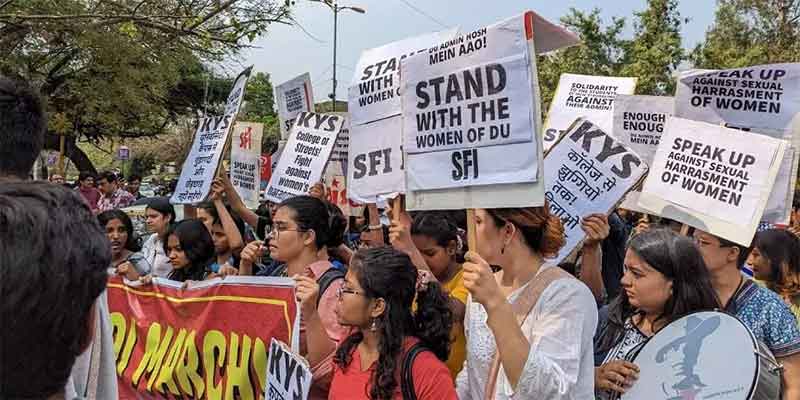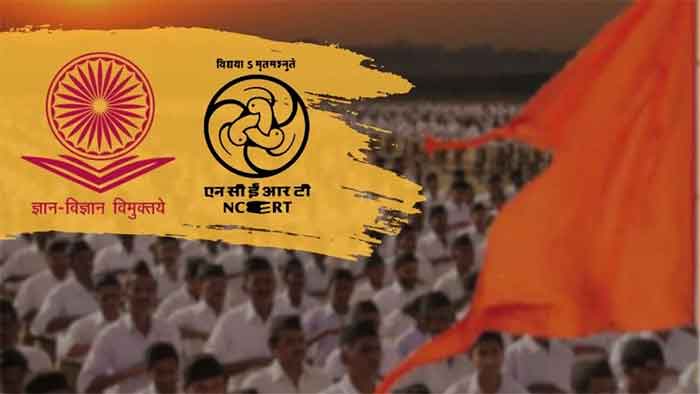
The urgency of improving school education, particularly in the government-run schools of more remote rural areas, has persisted for a long time. Following the prolonged closure of schools during the pandemic, this urgency has increased all the more as the learning of students was adversely affected during the time of school closure.
A recent survey conducted early this year in 81 primary and upper primary schools of Araria and Katihar districts (Bihar) on behalf of the Jan Jagran Shakti Sangathan has further highlighted this urgency. This survey was conducted under the guidance of Prof. Jean Dreze and Ashish Ranjan by Paran Amitava, Kanika Sharma, Tanmay Nivedita and students of JJSS and National Law School.
According to the results of this survey, attendance was being routinely inflated by the teachers but even in this inflated form this amounted to only about 43 per cent of the enrolled children. However at the time when this survey was conducted the actual number of children present in the school was only about 21 per cent of the total number of enrolled students.
Clearly this is a shockingly low percentage and that too at a time of the year—around February—when the attendance should have been much better compared to more difficult times like the rainy season. This means that many children are being denied regular school education at a very early stage (primary and upper primary). This low level of attendance was found to exist despite the much publicized schemes of mid-day meals, free text books and uniforms. Hence a very honest appraisal should be taken to find out the causes of low attendance.
This is unfortunately the situation in post-pandemic times when the need for more regular attendance is much higher than in normal times. As this survey points out from its own findings, almost half of the schools reported that most of the students in classes from three to five had forgotten to read and write when they returned to school following the recent prolonged pandemic related school closure.
This survey has also found that for all practical purposes, almost 90 per cent of the 81 schools that were surveyed did not have proper boundary walls, libraries and playgrounds. In fact, 9 per cent of the schools did not have any proper building either.
20 per cent of the schools had less than adequate funds for mid-day meals. In fact this writer’s own inquiries reveal that this may be quite widespread even in some of the economically better-off states as several cases of long delays in receiving resource support for mid-day meals have been reported. The condition of mid-day meal cooks has been found to be pathetic in many places: they are underpaid badly and even their low wages are often delayed.
Some of the other publicized schemes also appear to be at a much lower level of achievement than is commonly believed, at least in these surveyed schools. Not many students were in their uniform. It appeared that the direct benefit transfer funds for uniforms and text books either did not reach several parents, or were diverted for other uses by some of them.
This survey has also found the number of teachers to be lower than desirable norms in many schools. Several requirements of the right to education law are missing in most schools.
This survey also found that there is a strong prevailing trend of government schools being replaced by private schools or coaching centers, even in these rather remote areas. However, such a trend will make the educational prospects of the children from the poorest households even more difficult, particularly if this leads to closure of nearest government schools due to low enrollment.
The results of this survey should be considered a wake-up call regarding the need for urgent steps to improve school education, particularly in the more far flung and remote areas. There is a widespread belief that at least at primary and upper primary level almost universal coverage is being achieved and the remaining problems are more regarding the higher schools. But this survey reveals that even now in 2023 the situation can still be quite dismal even at the primary level. If the opportunities for learning are so inadequate at such lower levels of schools, it follows that opportunity of survival in the more demanding higher levels will be reduced. Clearly there is need for increasing the availability of financial resources for education at primary and upper primary levels, but in addition there is need also for improving the implementation of several existing schemes. Closer community involvement in improvement of school education can also be helpful.
Bharat Dogra is Honorary Convener, Campaign to Save Earth Now. His recent books include Man over Machine, When the Two Streams Met and Protecting Earth for Children.
















































